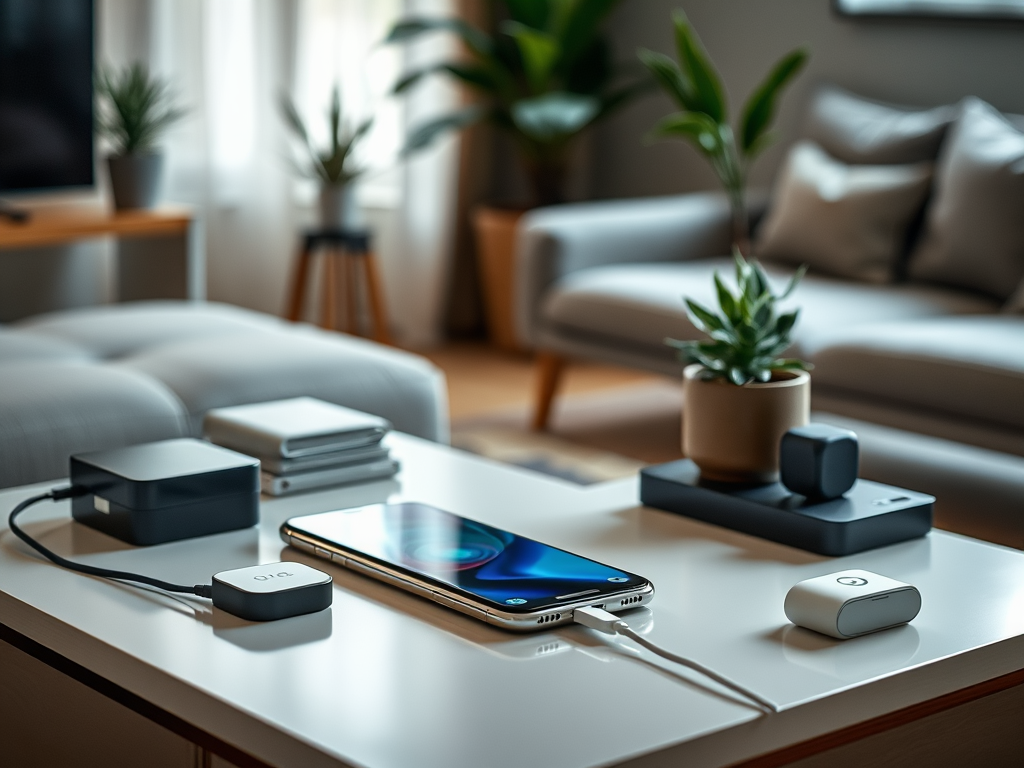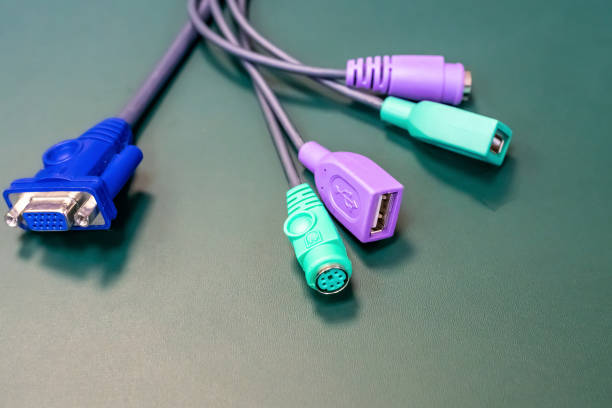Is your smartphone feeling a bit dated? As technology advances at a breakneck pace, what was once considered cutting-edge can quickly become obsolete. Every few years, manufacturers unleash a slew of new devices packed with innovations, making it essential to evaluate whether your current phone can keep up. Knowing when to upgrade can be a perplexing task, especially when it still seems to function adequately on the surface. However, several warning signs can indicate that it’s time to say goodbye to your trusty sidekick and embrace a newer model. In this article, we will explore the specific indicators that suggest an upgrade is not just beneficial but necessary.
From performance issues to the physical condition of your device, the following signs will give you a clear understanding of when it’s time to invest in a new smartphone. Let’s delve deeper into each of these signs, equipping you with essential knowledge for your next mobile decision-making process.
Performance Issues

As smartphones evolve, their requirements grow, and what once was a powerful device can become sluggish. If you notice frequent app crashes, random freezes, or significant delays when opening applications, it could be a sign that your device is struggling to keep up. For many users, encountering lag while using applications isn’t just annoying; it can also be a major productivity killer. The frustration builds when simple tasks take two or three times longer than they should. Performance is crucial, especially if you rely on your phone for work, communication, or staying connected with loved ones.
- Laggy user interface
- Slow application launches
- Difficulty multitasking
Decreased Battery Life

A noticeable decline in battery performance can severely impact your daily routine. If your device struggles to last through the day, even with moderate use, it may be time to consider an upgrade. There was a time when a full charge ensured your device would last well into the evening, and now it feels like you’re tethered to a charger. Such a precarious situation forces you to think about where you’ll be able to plug in for that much-needed boost. It’s crucial to consider your lifestyle – do you find yourself often on the move? If so, battery life becomes even more critical.
| Battery Performance Status | Description |
|---|---|
| Excellent | Battery lasts a full day with moderate to heavy use. |
| Good | Battery lasts most of the day but requires charging in the evening. |
| Poor | Battery is unable to last through a full day, requiring frequent recharges. |
Software Updates and Compatibility
Keeping up with the latest software updates ensures your phone runs optimally and securely. When you start receiving notifications that your device is no longer compatible with critical updates or apps, it’s a strong indication for an upgrade. Software updates often include vital security patches that protect your personal information from potential breaches. Incompatibility can hinder your ability to access new applications or even basic functionality in popular apps. As developers roll out new features, not having the latest operating system can leave you in the lurch. This lack of support may also render your device vulnerable to bugs that degrade your overall experience.
- Enhanced security features
- Access to new applications
- Improved performance and bug fixes
Physical Damage or Wear
A phone that’s physically damaged or showing signs of serious wear can lead to functionality issues and safety concerns. Cracked screens, malfunctioning buttons, or broken charging ports can make using your device frustrating. You might find yourself struggling to press buttons that no longer respond or dealing with the embarrassment of a broken display. These problems may accumulate over time, representing a lack of investment in a device that’s no longer reliable. If your phone’s physical state is hindering its performance, this could be the most significant indicator that an upgrade is needed.
- Check for screen cracks or chips
- Examine buttons for responsiveness
- Inspect the charging port for debris or damage
Missing Features and Functionality
As technology advances, so do the features that smartphones offer. If your phone lacks essential capabilities such as 5G connectivity, high-quality cameras, or the latest processing power, it might be worth considering an upgrade. The demand for robust technological capabilities continues to rise, especially among tech-savvy users and content creators. Many consumers now prioritize having top-notch features, such as exceptional camera quality or faster processors, which are necessary for smoother multitasking and gaming experiences. Being without these advancements can leave you feeling like you’re holding onto a relic from the past.
- Improved camera quality for photography enthusiasts
- Faster processing for gaming and multitasking
- Latest connectivity options like 5G
Conclusion
Upgrading your smartphone can greatly enhance your daily life, providing improved performance, new features, and a better user experience. By recognizing these signs, you can make an informed decision on when it’s time to invest in a new device. From lagging performance and declining battery life to physical damage and a lack of essential features, these indicators help you stay connected and productive. Ultimately, knowing when to upgrade not only improves your personal efficiency but also secures your data and keeps you in touch with the latest technology trends.
Frequently Asked Questions
- How often should I upgrade my phone? It generally depends on your usage and the phone’s performance, but many users upgrade every 2-3 years.
- Can I simply replace the battery instead of upgrading? Yes, if battery life is your only concern, replacing the battery can sometimes extend your phone’s life, but performance issues may still remain.
- What features should I prioritize when upgrading? Consider aspects such as camera quality, battery life, processing speed, and connectivity options that suit your lifestyle.
- Is it worth upgrading for minor issues? If minor issues are affecting your daily use, it might be worth considering a new phone, especially if the device is several generations old.
- Are there benefits to upgrading to the latest model? Yes, newer models typically come with improved technology, better security, and enhanced features that can significantly improve user experience.



